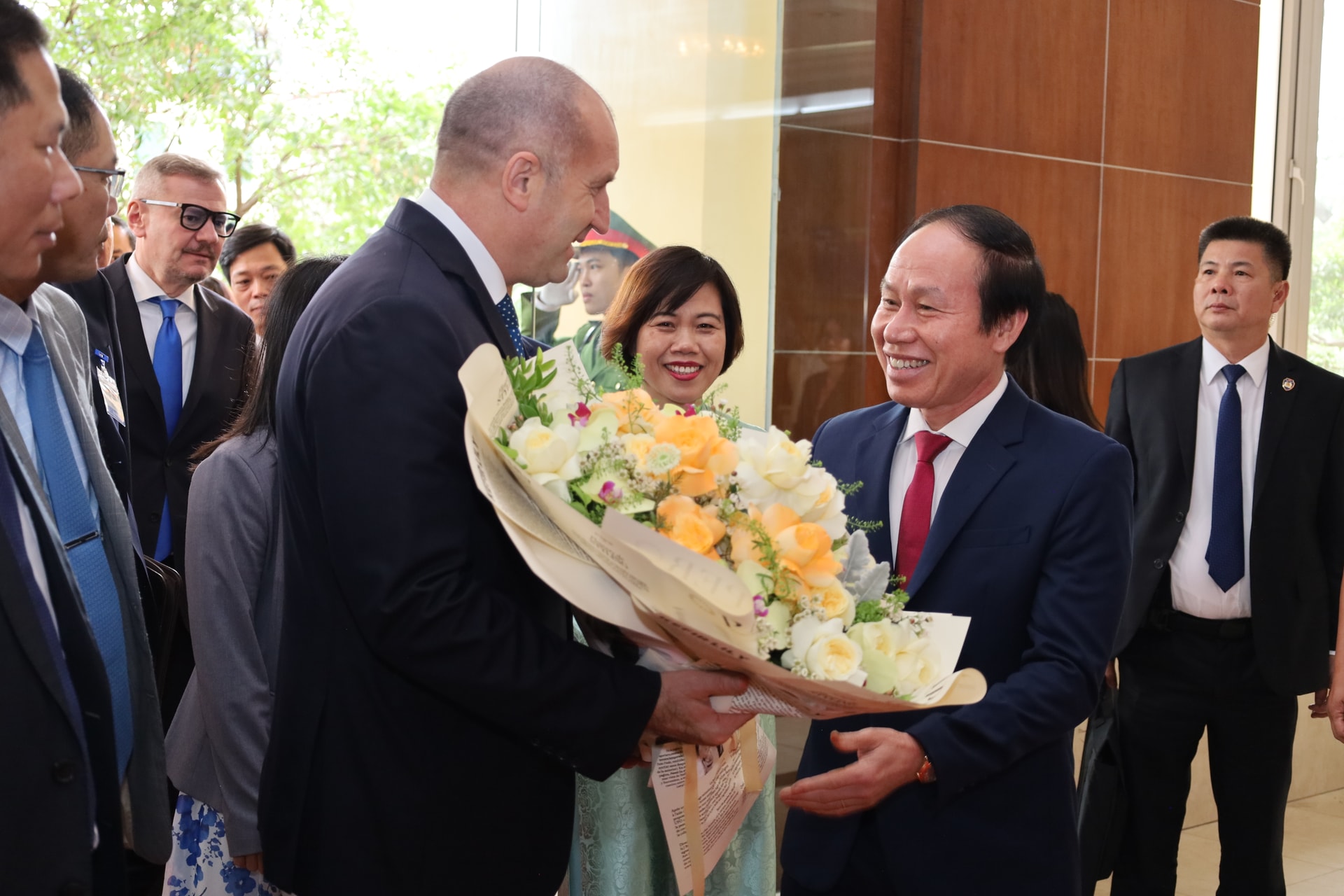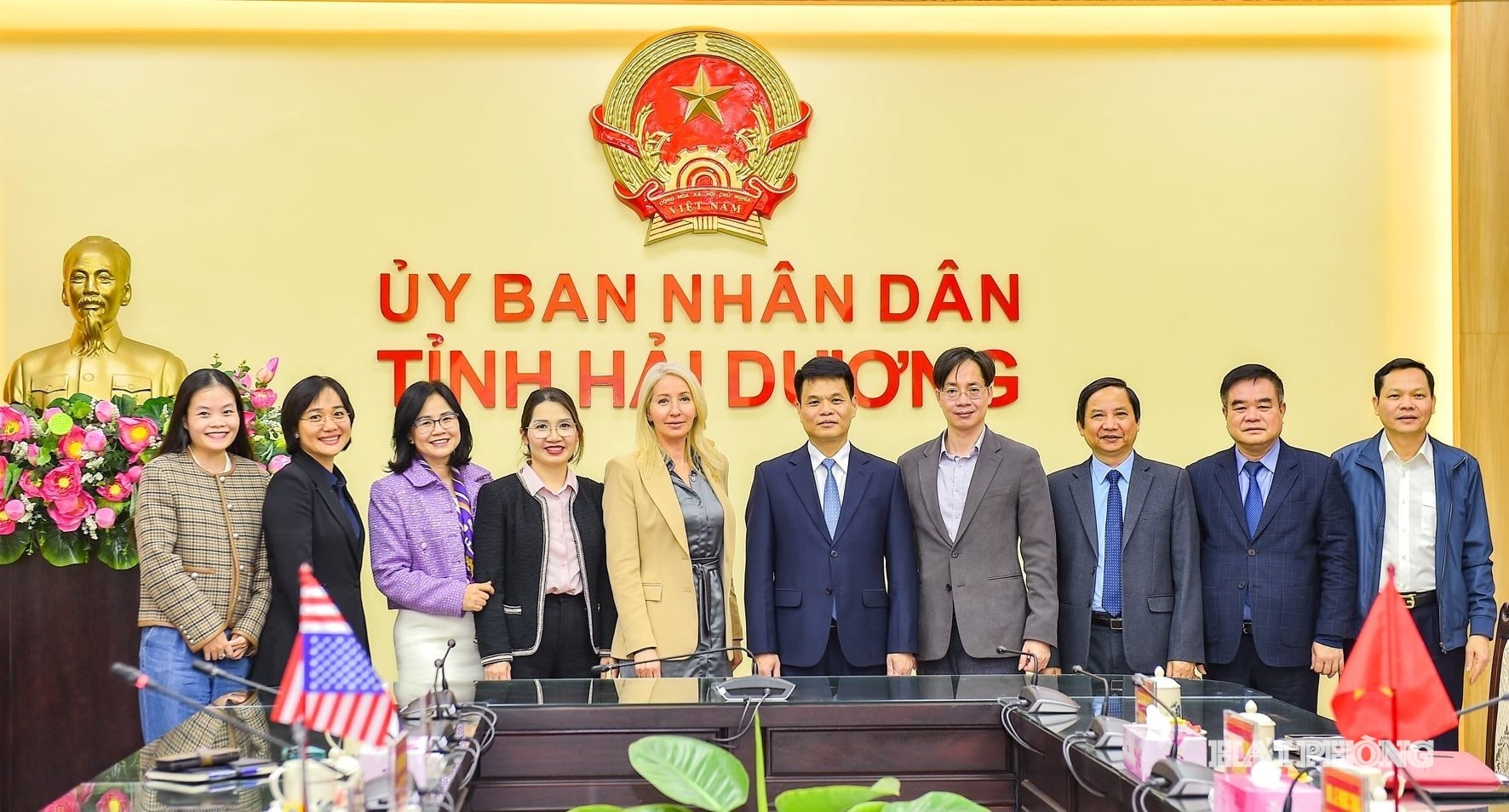Hai Phong promotes comprehensive diplomacy and global integration
During the 2021 - 2025 period, Hai Phong’s external affairs have been carried out vibrantly and comprehensively, making the city a ‘local destination’ and a ‘bright spot’ in FDI attraction.

Outstanding results
In the 2021 - 2025 term, Hai Phong city and Hai Duong province (before the merger) stepped up diplomatic work across all three pillars: Party diplomacy, State diplomacy, and people-to-people diplomacy, achieving many remarkable results.
Hai Phong city welcomed 1,300 international delegations, including many heads of state and leaders of major corporations; organized more than 600 overseas missions; participated in multilateral organizations and events; and expanded friendship relations with 26 localities and territories.
Economic diplomacy continued to affirm its pioneering role, as Hai Phong attracted 20.2 billion USD in FDI, nearly 1.9 times higher than the previous term, bringing the total accumulated FDI to 33.8 billion USD with 1,020 projects.

The city signed 20 new international agreements, raising the total to 56 (a surge of 170%), and, at the same time, opened two new international flight routes, tripling the figure compared to the previous term, creating important momentum for trade and tourism.
In the field of cultural diplomacy, Hai Phong organized 150 cultural exchange events, contributing to the recognition of Ha Long Bay - Cat Ba Archipelago as a UNESCO World Natural Heritage site – a milestone affirming the brand and attractiveness of the port city.
Hai Phong also mobilized and managed 147 foreign non-governmental aid projects, making practical contributions to social welfare and sustainable development.

Work related to overseas Vietnamese was also implemented comprehensively, connecting expatriates in more than 50 countries, with remittances reaching over 1.3 billion USD (up 21% compared to the previous term). People-to-people diplomacy was continuously strengthened, while cooperation in culture, education, and science-technology constantly developed.
Alongside Hai Phong’s achievements, Hai Duong province – before the merger – also made remarkable progress in external affairs. The province attracted more than 11 billion USD in FDI from 27 countries and territories, including many high-tech projects serving as nuclei for industrialization and modernization, creating jobs for hundreds of thousands of workers.
The province also promoted the attraction of large-scale, high-tech FDI projects, particularly in processing, manufacturing, electronics, semiconductors, artificial intelligence, and hydrogen. Demonstrating its pioneering role, leaders of the province led many delegations abroad to directly promote investment, seeking opportunities to attract projects with strong economic and technological potential, clean technology, and showing the province’s goodwill in inviting investors.

Hai Duong also focused on improving the investment environment and issued economic diplomacy plans for 2022 - 2026, maintaining friendly relations with Vientiane (Laos) and Suwon (South Korea), while mobilizing hundreds of international non-governmental aid projects in education, healthcare, and social welfare.
Elevating external relations
Hai Phong stands at a historic opportunity in the 2025 - 2030 term. With the solid foundation of external cooperation established in both Hai Phong and Hai Duong, the merger of the two localities has created an expansive, diverse, and complementary diplomatic space.
The combination of Hai Phong – an industrial city and international seaport center – and Hai Duong’s strengths in industry and agriculture will generate a multi-sector, interconnected economic development space with strong pervasive effects.

“‘Elevating external relations: Rising together with the sustainable development of Hai Phong’ is not only a slogan, but also an urgent requirement and a strategic orientation for the city to truly take off, affirming its position not only as a national growth pole but also as a dynamic international port city with regional and global influence,” said Deputy Director of the Department of Foreign Affairs Nguyen Thi Thanh Huong.
In its development strategy, Hai Phong aims to become a modern, smart, and sustainable industrial city of regional stature in Southeast Asia by 2030.
According to Vice Chairman of the city People’s Committee Hoang Minh Cuong, to achieve this goal, the city identifies external affairs as continuing to play the role of “pioneer and pathfinder,” with synchronous, creative, and effective implementation. Hai Phong will focus on breakthrough solutions such as reforming the growth model based on science-technology and the digital economy, investing heavily in strategic infrastructure, developing smart urban areas, and improving the quality of human resources.
The city also emphasizes organizational reform, improving public governance efficiency, removing institutional bottlenecks, creating a favorable investment environment for business development, promoting trade, and enhancing the efficiency and value of attracting ODA, FDI, cultural exchanges, science-technology cooperation, people-to-people diplomacy, and overseas Vietnamese affairs.
The city will actively mobilize resources and study successful models and experiences from other countries to selectively apply to its conditions; and promote in-depth, practical, and effective cooperation with foreign localities and partners.
BUI HANH
